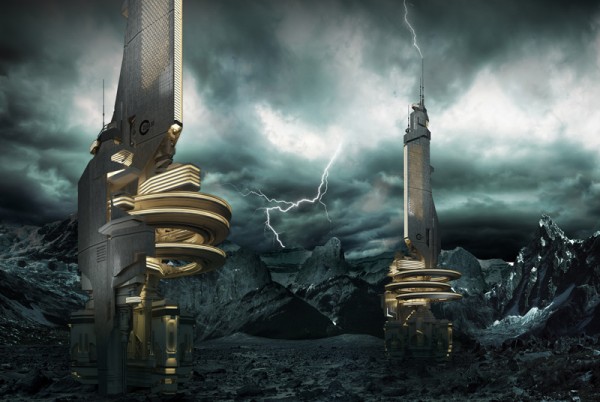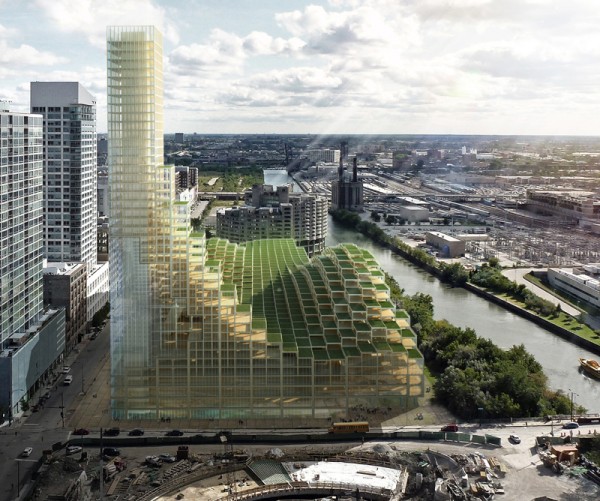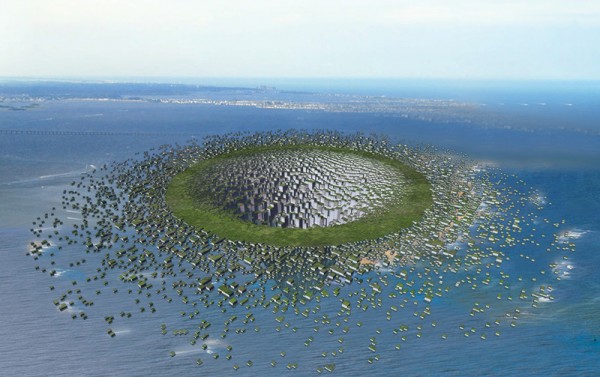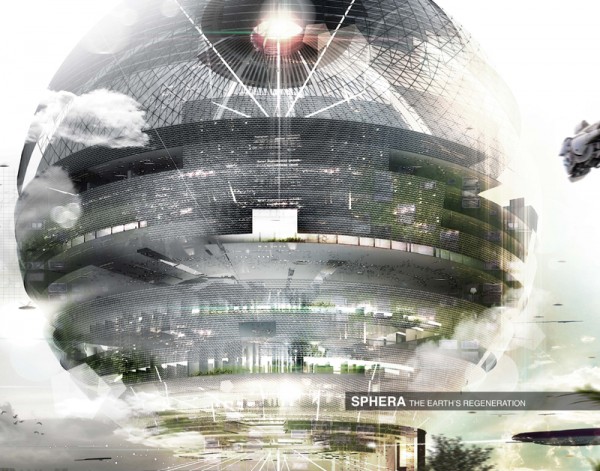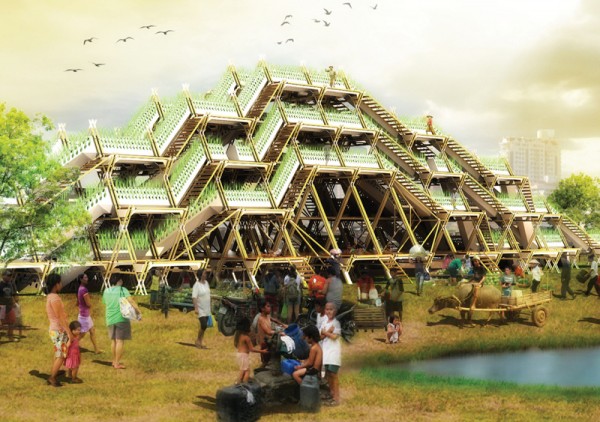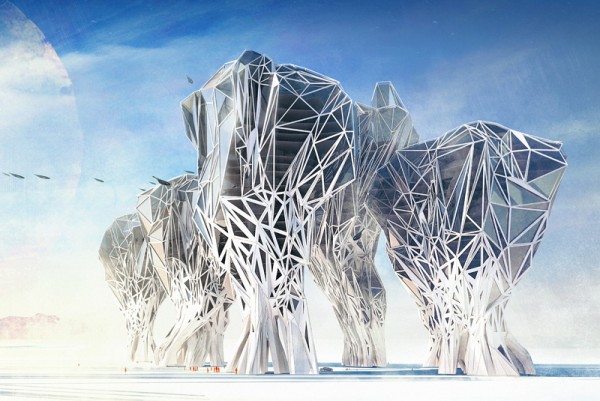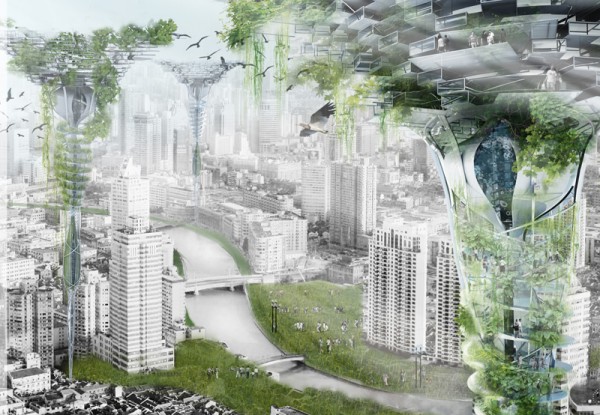Honorable Mention
2013 Skyscraper Competition
Lee Seungsoo
South Korea
The Urban Earth Worm skyscraper uses one of the basest of creatures as its inspiration. Just as earthworms clean the soil and solve pollution problems, promulgating life in thriving ecosystems, this skyscraper will clean air and soil pollution in cities and also feed cities – literally.
The structure is in fact even shaped like a worm, horizontally extends and curves throughout the city, cleaning the air, processing waste and providing food in not just one but many points. The top part of the structure has growing tubes that are filled with soil and grow trees and plants. This green area cleans the city’s air and also provides crops for the city’s residents. Read the rest of this entry »


